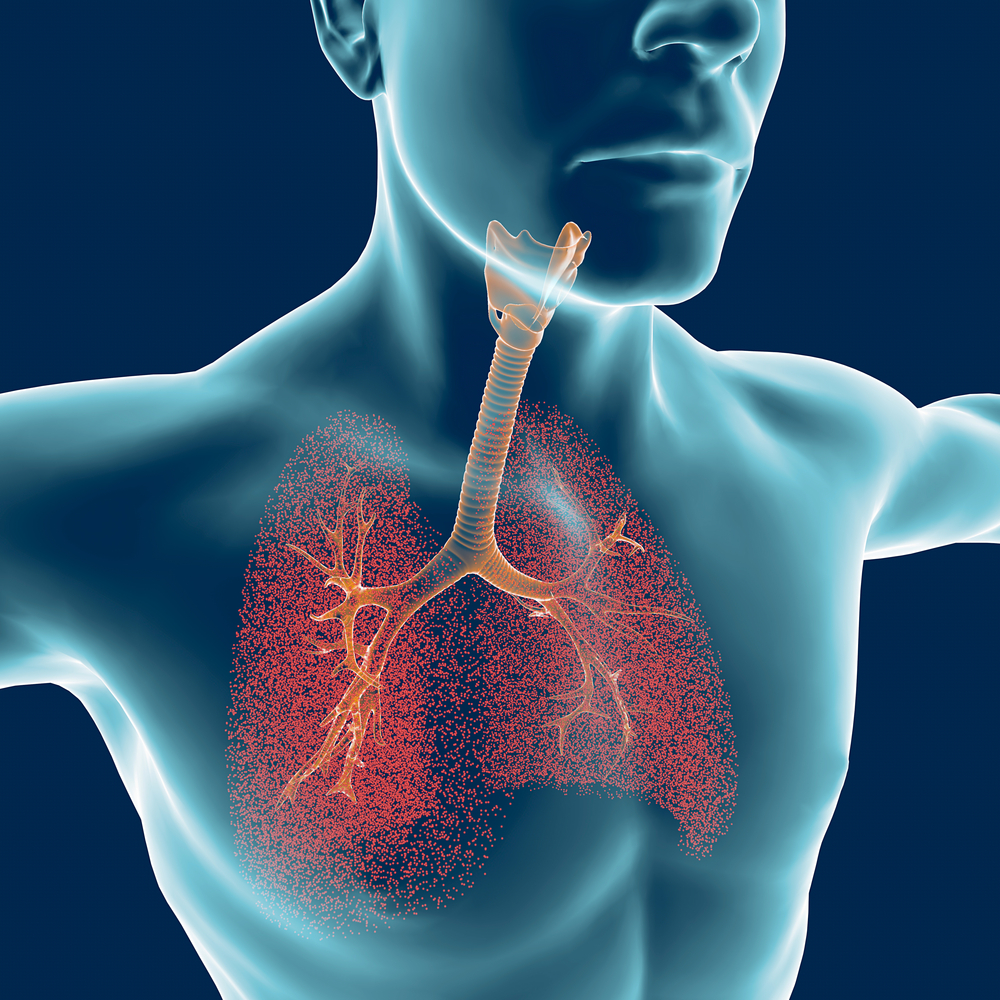Wireless Monitoring May Help Transition of Therapy in PAH, Study Suggests

An implantable wireless system may help guide the transition from medication administered intravenously — Remodulin (treprostinil) — to one taken orally — Uptravi (selexipag) — in the treatment of pulmonary arterial hypertension (PAH), according to a small study.
The study, “Use of an implantable wireless pulmonary pressure monitor during transition of therapy in pulmonary arterial hypertension,” was published in The Journal of Heart and Lung Transplantation.
Intravenous (IV) infusion of prostacyclin, a vasodilator, has been linked with improved survival in PAH patients. However, this treatment approach has been associated with poor quality of life and life-threatening complications, such as infections.
In addition, the oral medication Uptravi (marketed by Actelion) — a selective prostacyclin receptor agonist — has been associated with reduced mortality and fewer complications in people with PAH. However, data is scarce on the transition from the IV treatment of prostacyclin to the oral medicine Uptravi.
The study described three women with PAH who transitioned to Uptravi treatment from Remodulin, a synthetic analog of prostacyclin that’s marketed by United Therapeutics. The women were guided by an implantable hemodynamic monitoring (IHM) device to assess blood flow using Abbott’s Cardio-MEMS HF system. This was part of an ongoing pilot study testing IHM’s safety and feasibility in the management of PAH.
According to the team, IHM can detect signs of deteriorating health weeks before typical changes in neurohormonal levels, or remodeling in the heart’s right ventricle.
Researchers used an algorithm developed by Abbott to measure cardiac output. Daily IHM readings, together with a nursing call to evaluate symptoms and side effects, guided the patients’ decisions to continue weaning from Remodulin at home. IHM readings could also help determine when clinical visits, laboratory tests, and the 6-minute-walk test (6MWT) — a measure of exercise capacity — were needed.
The first case was a 58-year-old woman treated with Remodulin (30 ng/kg/min), 2.5 mg three times daily of Adempas (riociguat), which is marketed by Bayer, and 10 mg/day of Letairis (ambrisentan), which is marketed by Gilead. The patient had recurrent catheter infections, which made physicians choose to gradually lower Remodulin’s dose by 2 ng/kg/min once per week, and start on Uptravi treatment.
Uptravi was started at 200 mg twice daily, and later increased by 200 mg twice daily every two weeks until the dosage of 1,600 mg twice daily was reached. After 15 weeks, the patient discontinued Remodulin, and showed stable pulmonary artery pressure (PAP), heart rate, cardiac output, stroke volume index (SVi) — the volume of blood pumped by the heart with each beat — total pulmonary resistance (TPR) to blood flow, and cardiac efficiency.
Also, her symptoms, functional status, and 6MWT results were unchanged when assessed at the end of the transition.
The second patient, a 47-year-old woman, was on Remodulin, 40 mg/day of Adcirca (tadalafil), which is marketed by United Therapeutics in the U.S., and 125 mg twice daily of Tracleer (bosentan), which is marketed by Actelion. Her challenges with preparing Remodulin’s dose and its side effects were the reasons for wanting to transition to Uptravi.
As her PAP and symptoms were unstable, she underwent weekly 6MWT, echocardiography, and laboratory assessments at the start of the transition, and at weeks 4 and 8. This enabled a successful transition from 27 ng/kg/min to 21 ng/kg/min of Remodulin with weekly increases in Uptravi’s dose to 800 µg twice daily. However, a subsequent decrease of Remodulin to 19 ng/kg/min led to an increase in PAP, a decrease in stroke volume, and a reduction in the 6MWT score, prompting a further increase in Uptravi to 1,200 µg twice daily.
At week 7 of a slowed weaning off of Remodulin, the patient showed an increase in TPR and a decrease in SVi. Ultimately, Uptravi’s dose was increased to 2,200 µg twice daily, but the patient’s hemodynamics data did not return to baseline, and she experienced worsening dyspnea (shortness of breath). As a result, Remodulin’s dose was increased to 43 ng/kg/min, while Uptravi was gradually discontinued. The patient then showed clinical improvement.
“This case illustrates that patients with worse baseline status may not be candidates for this transition despite close multimodality monitoring,” the researchers wrote.
The third patient, a 55 year-old woman, transitioned to Uptravi while on 40 mg of Adcirca, and 10 mg twice daily of Norvasc (amlodipine), which is marketed by Pfizer, due to anorexia and cachexia — characterized by ongoing loss of skeletal muscle — when on Remodulin.
On an Uptravi dose of 400 µg twice daily, the patient had worsening nausea, diarrhea, and headaches, prompting a quicker reduction in Remodulin’s dose to 2 ng/kg/min three times per week. Over six weeks, she was weaned off of Remodulin and had her dose of Uptravi increased to 800 µg twice daily. She showed stable PAP and SVi, and required no additional clinic visits.
Overall, “these cases demonstrate that the transition from IV prostacyclin (Remodulin) to oral selexipag (Uptravi) therapy is feasible in select circumstances,” the researchers wrote.
“For patients in whom there is poor control of PAP at baseline or who do not tolerate the initial transition, close monitoring with IHM may provide a supplemental tool to clinical, exercise tolerance, and right ventricular function monitoring to inform treating clinicians of when transition may or may not be safely feasible,” they added.
The study noted the use of IHM is not yet an approved tool for monitoring PAH patients.







